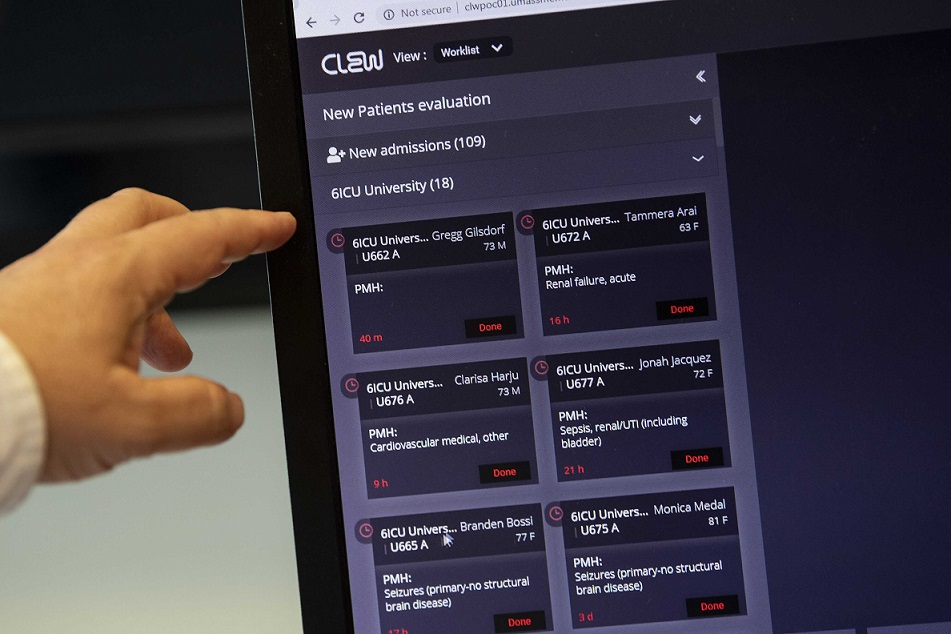This post is also available in:
 עברית (Hebrew)
עברית (Hebrew)
Artificial intelligence and deep learning technologies serve as vital tools for prioritizing workload when dealing with a huge increase in the intensive care units workload as a result of the Coronavirus pandemic. An Israeli company has developed a ground-breaking, AI-based platform for patient monitoring and early detection of any deterioration in their medical condition.
The system provides the medical team the ability to detect dozens and hundreds of patients from a single control room and prioritize the treatment of patients whose condition is expected to deteriorate within the next 6-12 hours. This way, critical time would be gained allowing treatment interventions. In addition, the system provides medical doctors with remote monitoring in a way that minimizes their risk of being infected by the virus.
The technology developed by the digital health company CLEW will be integrated into the largest intensive care wards in Israel, at the Sheba and Ichilov hospitals, in order to help prepare for the possible treatment of hundreds of Corona patients. The system is already installed at some of the US leading hospitals as part of a pilot program.
According to the company’s announcement, the technology helps hospitals to prepare for heavy workloads at the intensive care units. In cases where a relatively small medical team is required to treat a large number of patients simultaneously, the system increases the resources of the intensive care ward and enables the staff to manage the workload in real-time in order to save lives.
The AI system includes advanced algorithmics for the early detection of patient deterioration at the intensive care unit by analyzing the data concerning each of the patients at any moment. The system converts data streamed in real-time from a vast array of information sources into life-saving medical information and transmits it to the control room. There, the medical team receives updated information about the situation of each patient, prioritize tasks, send directions to the staff treating the patients and even bring forward the treatment of patients whose condition is expected to deteriorate within hours.
In fact, the technology enables the prediction of life-threatening complications in real-time, thus helping the medical staff in making informed clinical decisions based on large amounts of data, while shortening the time required for collecting the relevant data from different information systems.


























